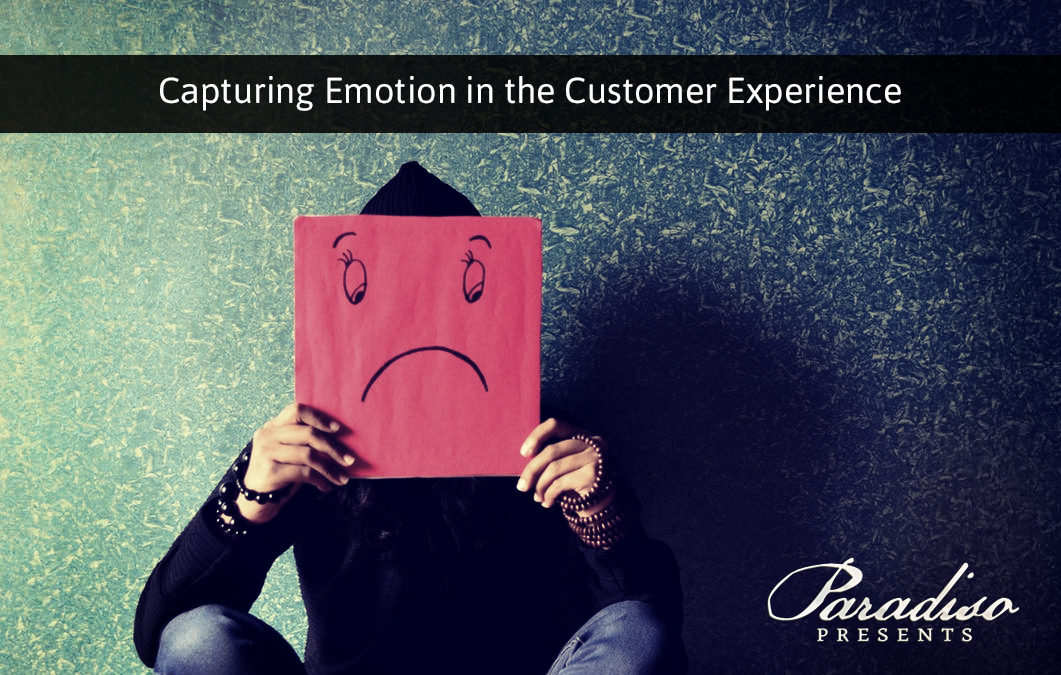Does your insurance agency take the time to measure how effective your overall customer experience is? In a business of renewals, it is absolutely critical that we develop long-term, loyal clients over time. We focus less on providing “good service,” and more on providing an overall outstanding customer experience on their journey to their solution, because that is an objective that will allow us to keep earning our customer’s business overtime. When it comes time for their renewal, they’ll be more inclined to stay with our insurance agency, which will help us become more profitable as a whole.
Many insurance agencies focus on having an awesome customer experience, which I applaud. Although, when we go the extra mile to ensure our customers are having a positive overall experience, there should be some data or measurement associated so we have quantifiable results. There needs to be a metric so that we know what is working, and where we can be better – similar to all of our other marketing efforts. With that being said, how exactly do we go about measuring the customer experience? I can tell you that one key ingredient to the overall experience is emotion, and today we are going to discuss how your insurance agency can measure emotion with the experiences you provide.
The Problem
Most insurance agencies don’t have a metric associated with their customer experience, which is understandable. We’ve identified emotion as a key metric within our customer experience, because it directly correlates to whether the experience was positive or negative. Although, emotion isn’t necessarily easy to measure. In order to start considering emotion a trackable metric, we have to first define our goals.
Overall, our primary objective is to reduce negative emotions so we can provide a more rewarding overall experience. Some advanced technology will allow us to track emotions real-time to fix problems as soon as they arise, but most of us won’t be looking into technology this sophisticated. Our best option is to measure emotion in retrospect, and capitalize accordingly after the fact, which we will discuss in more detail in a moment.
Of course, our second primary objective is to validate positive emotions within our customer’s experience as well. Think about it this way, we want our customers to feel like we truly care about their problems. Forrester research observed a large insurance company that wanted to capture this emotion, so they looked to observe empathy levels on calls with their customers. In the beginning, the employees had empathy in just 3% of their calls with customers, but after implementing coaching, tracking, and the right focus, their staff had showed empathy on over 35% of their calls instead. This is just one avenue we can look to improve.
Capture emotions and then in turn making them quantifiable and trackable is difficult. This is because emotions happen on a subconscious level, which makes it hard for our customers to express how they are feeling about their experience. In order to properly measure emotions, we need to focus on self-reported feelings from our customers, observe their behavior, and attempt to detect psychological arousal.
Our Approach
In order to capture a metric for emotion within the customer experience, we have to explore what options we have to better understand how our customers are feeling throughout their customer experience journey. In order to accomplish this, we must first decide what metrics can help with measuring crucial emotions that make for impactful experiences on the customer’s buying journey. This starts with figuring out which emotions bring value, and which emotions hinder value from your customers’ perspectives.
Emotions that bring value to your customer’s experience would include trust, care, and feeling pleased overall. Meanwhile, emotions such as disgust, anger, or a sense of neglect can certainly hinder your customers’ experiences. Depending on the emotions your customers display, you can aim to maintain a successful relationship if they are positive, or repair any shortcomings in their experience (and save the reputation of your insurance agency’s brand too!). Once you have a strong focus for what emotions to keep on your radar, you have to consider what experiences can affect the customer’s’ behavior the most. For instance, if you call a customer with a premium increase on their renewal, you may see some negative emotion there, and how you deal with that negativity can either hinder or push the envelope for your agency’s overall customer experience.
Once you’ve identified which checkpoints in the customer journey can affect emotion or behavior the most, then you can think about designating metrics associated to each of these points. We want to track critical emotions in the customer experience journey, and as we mentioned, it’s easiest to track these metrics in retrospect. So how exactly do we go about accomplishing this?
Implementing a Strategy
In order to make emotions a quantifiable metric, we have to implement retrospective measurements before looking into unorthodox methods such as real-time tracking through advanced technology.
The first way that we look to measure our customers’ emotions in their journeys is by surveying our customers. When I ask insurance agency owners what makes their insurance agency unique or stand out from their competition, a lot of the time I get the answer, “We have outstanding customer service.” While that is important, we focus not only on the service that we provide in-house, but on the customer’s overall journey as a whole. That being said, I’ll usually follow that question up with a question of my own, “How can you be so sure you provide outstanding service?” I’d like to remind everyone that you cannot self proclaim that you have good service, because it’s up to your customers to determine whether or not they truly had a good experience with you or not.
We try to capture our customers’ emotions based on the questions we ask them within our surveys. We include our surveys as a part of our email marketing campaigns in our onboarding email set that a customer receives once they’re insured through Paradiso Insurance. We then review the survey with the agent who dealt with the customer to set up their policy, so that we are getting our staff on board with our metrics as well. If at any point we discover negative emotion and we can associate it with a critical point in the buyer’s journey, we can then look to mend the situation and ensure that we are maintaining a strong relationship with that customer. This also helps us to avoid repeating the same problem in our future interactions with different customers as well.
The next thing we analyze is our customers’ VoC text data, which is short for “Voice of Customer.” VoC data can be testimonials on your website, feedback sent by email, reviews left on Google and Facebook, and so on. We ask for reviews whenever we see the opportunity, and have even taken the time to include a block of our email signatures to request reviews from our customers. Reviews give our customers an opportunity to express their emotions, and let us know how our agency, our brand, and our customer experience made them feel.
The last way we try to measure emotion within our customer experience is by our behavioral observation. We can try to analyze tone of voice and inflection on calls, style of speech, level of distress, and so on. This data is not always quantifiable, but there are certainly ways to get it to be with the right help. This can be done through advanced technology, or simply by consulting a professional analyst. By observing behavioral patterns with our customers, we can figure out which behavior/attitude from our staff gave them a positive or negative experience and capitalize accordingly. With that being said, it’s also important to measure the attitude of our staff as well, because if they are stressed more often than not, it will convey to our customers as well.
Once we have this data on how our customers feel or what emotions they are experiencing, we can try to figure out how we can improve on their customer experience. I had a customer complain about a billing issue on our insurance agency’s Facebook page in the past that we wanted to make right (even though we were not at fault in this particular case; the customer had simply complained about her bank account getting overdrafted from an automated EFT payment). Regardless, this issue could have been avoided altogether had the customer used our mobile app to pay their bill, because they would have realized their banking issue was not our fault if they handled their bill on their own. Additionally, using this method, any time one of our customers has a problem we have the ability to address it directly. We can look back at which point in their journey they experienced the problem, what agent dealt with them directly, whether or not we communicated with them on their terms (if the data in our system is accurate), and so on and so forth.
Pushing the Envelope
Of course, you may want the extra data when it comes to capturing emotions within your insurance agency’s customer experience. As I mentioned earlier, an analyst can help you get more quantifiable data on your customers’ emotions, so you can provide the best experience possible. We highly suggest looking into analysts over at Forrester Research to help consult your agency through this process. If you’re interested in becoming a client with Forrester, follow this link.
Additionally to get the full report on measuring emotion in the customer experience provided by Forrester research, you can click here. Happy Marketing everyone!





